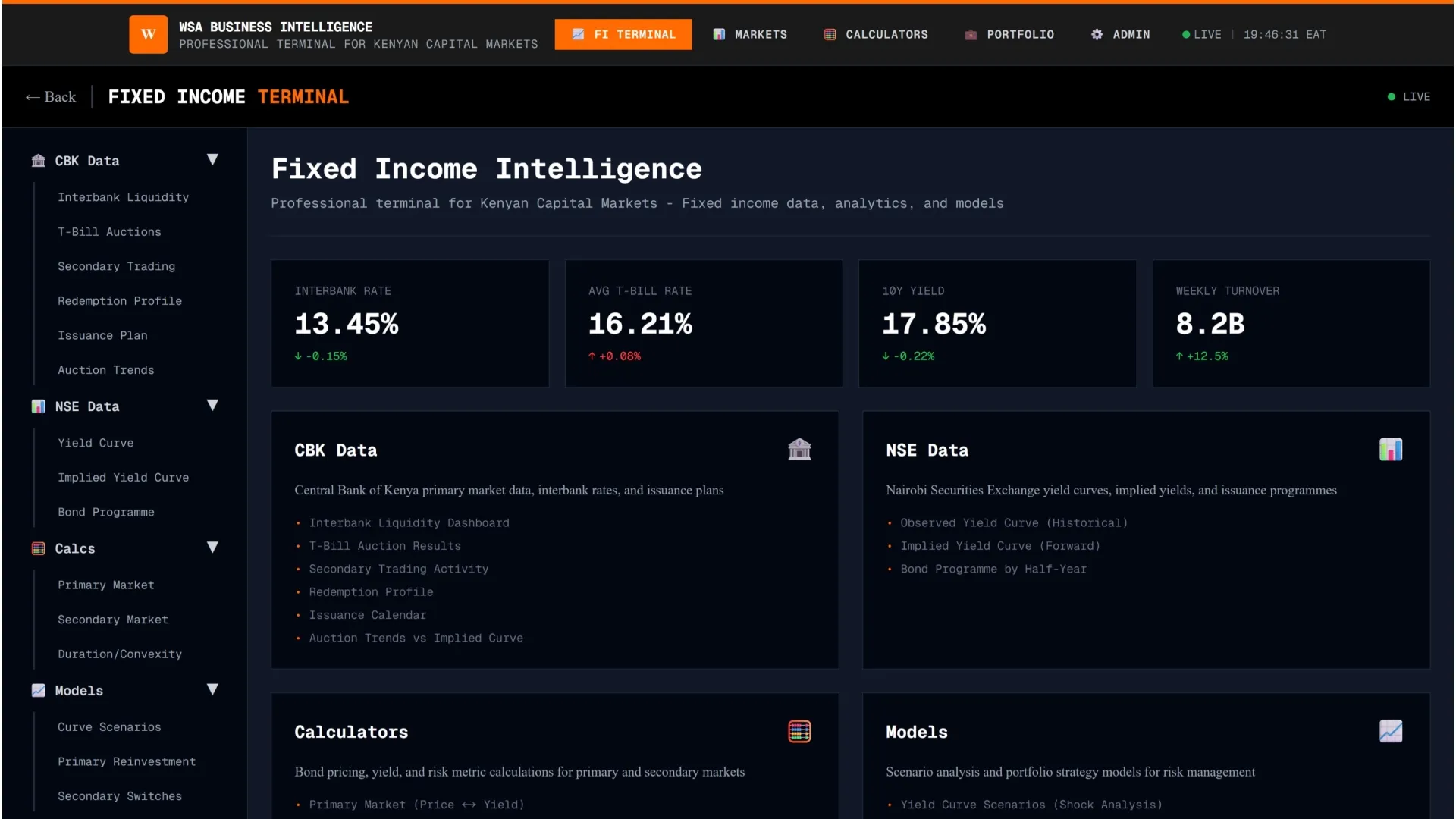Kenya’s banking sector entered 2025 on a cautiously optimistic note, according to the Central Bank of Kenya’s Q1 2025 Credit Officer Survey.
- •While profitability rebounded and liquidity buffers remained robust, a sustained rise in non-performing loans (NPLs) continues to pose risks to asset quality.
- •The lenders posted a profit before tax of KSh 73.5 billion in Q1 2025, up 25.8% from KSh 58.5 billion in Q4 2024.
- •This rebound was driven primarily by a KSh 27.6 billion cut in expenses, which outpaced a KSh 12.6 billion decline in income.
This performance ties with Q1 2024’s peak, and reflects a 12.9% year-on-year increase compared to Q1 2023 (KSh 65.1 billion), affirming the sector’s resilient earnings power amid macroeconomic uncertainty.

Asset Quality — NPL Ratio Reaches 20-Year High
The gross non-performing loan (NPL) ratio rose from 16.4% in Q4 2024 to 17.4% in Q1 2025, the highest level in over two decades, according to data seen by The Kenyan Wall Street.
Gross NPLs increased by 6.6%, while total gross loans grew by just 0.6%, indicating rising borrower stress across several sectors.

Key pressure points include:
- •Personal & Household (highest default risk)
- •Trade, Real Estate, and Construction
The long-term trend is equally concerning. From 6.8% in 2015 to 17.4% in 2025, the NPL ratio has more than doubled, signaling structural repayment challenges in the economy.
Total banking assets stood at KSh 7.67 trillion as of March 2025, reflecting a 0.4% increase from KSh 7.65 trillion in December 2024.
While quarter-on-quarter growth slowed, this figure marks a 60% increase from KSh 4.80 trillion in 2019, driven by digital banking, securities investments, and expanding deposit bases.

Banking system liquidity rose to 58.4%, well above the 20% statutory minimum, while the capital adequacy ratio climbed to 20.1%.
These metrics underscore strong internal buffers, equipping banks to withstand credit risk shocks while continuing to support lending.
Survey responses show:
- •38% of banks expect higher NPLs in Personal & Household credit by Q2 2025
- •32% expect deterioration in Trade loans
- •Most banks plan to intensify recovery efforts across vulnerable sectors
Despite robust liquidity and profit levels, banks remain cautious about credit risk heading into the second quarter.




